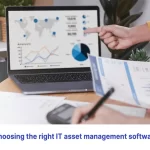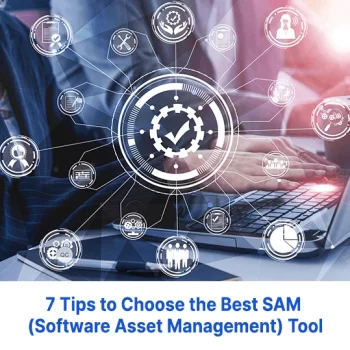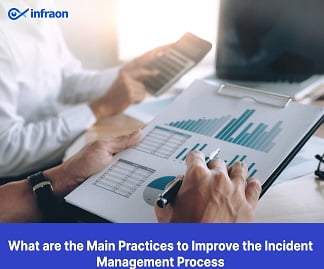IT assets are procured because they create value. If they are not managed well, they can create maintenance costs. Most IT infrastructure teams are under constant stress to optimize their IT asset management tools. Their respective company leaderships give them directives to lower operational costs for IT infrastructure.
So, the perennial question is – how can IT asset management be done the right way? Is there a magic mix of IT asset management processes? Is there a silver bullet approach? The answer is NO but Yes! IT asset management needs routine, standard, staid, custom, and a mixed set of tasks to continually monitor, analyze, troubleshoot, maintain, and proactively resolve issues.
Here are some of the approaches.
Routine maintenance tasks standardization
Most IT infrastructure issues are preventable with preventive IT asset management tools. Routine maintenance tasks help identify issues even before they create an impact. However, routine maintenance is often ignored. There is a lack of clarity and consensus on this. Lack of preventive maintenance causes a shorter lifespan of IT equipment. Some failures are even fatal, rendering the IT asset unusable, causing an unexpected negative expense to the company.
Recovering warranty information
It is common to see IT infrastructure personnel scrambling for warranty information. Either the information is poorly managed, or incorrect, or both. A centralized database that stores warranty information, and all the details, of all IT assets in the company, reduces warrant claim errors. It helps IT infrastructure departments systematically recover asset repair costs from OEMs.
Use analytics
IT infrastructure maintenance, IT asset lifecycle management, repair, work backlogs, equipment downtime, and several such IT infrastructure management data can help a great deal if captured. This data can be analyzed and interpreted using multiple data analytical tools. This analysis can further be visually represented in easy-to-understand graphical representations like charts or diagrams. Timely crucial decisions can be made on aging assets, non-performing assets, and/or redundant equipment.
Patch management
Constant monitoring of software and hardware assets produces a list of potential vulnerabilities. This information enables an IT infrastructure department to pursue patches or software/hardware fixes. It is a proactive method to thwart any potential degradation of IT asset performance or IT asset irrecoverable failure. An automated patch management solution or IT asset management software can help in this regard.

IT asset vulnerabilities management
As much as patch management mitigates potential IT asset vulnerabilities, so is IT asset vulnerability management. This is a specialized area that proactively identifies, isolates, and destroys software-based attacks. Some examples of such attacks are brute force attacks, Trojan horse malware, and Distributed Denial of Service. Continuous monitoring and scanning of networks using sophisticated network reconnaissance tools are one of the popular ways to control IT vulnerabilities.
Conclusion
Given the vastness of IT infrastructure management, it is always a safe option to use automated IT infrastructure management solutions. EverestIMS has a suite of powerful, AI-driven, modern, and future-perfect IT infrastructure management and IT asset lifecycle automation products for this purpose. EverestIMS can help any organization function in a lean, efficient, and waste-less manner thanks to evolutionary technologies that are redefining the paradigms of IT infra security and management.



















